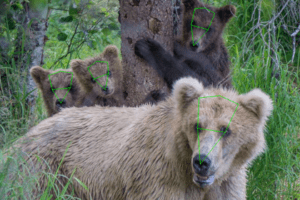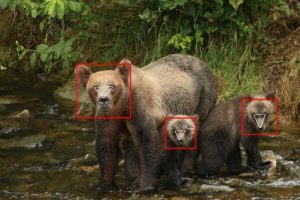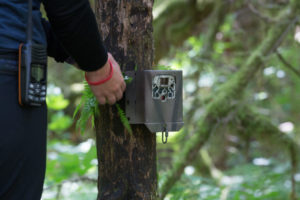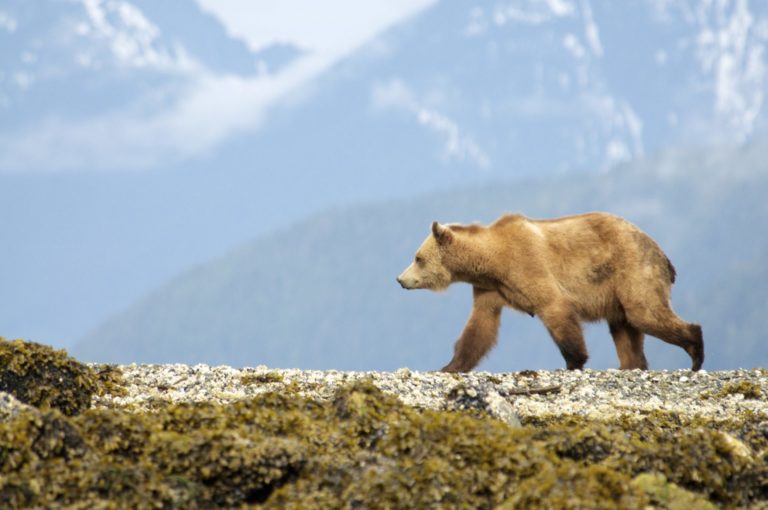Training Facial Recognition on Furry Friends: Bears
In their spare time, two Silicon Valley developers aided conservationists in developing artificial intelligence to help keep track of individual bears
Non-invasive technologies to identify and monitor bears and facilitating their conservation are being developed. The most intriguing one is Bear ID that relies on Artificial Intelligence. You can help, too: read further.
About BearID
This project aims to progress the field of conservation technology by developing face recognition software for use in wildlife monitoring. Using human face recognition techniques, we are developing a software tool that can identify individual brown bears (Ursus arctos) from images of their faces.

Applying this technology to camera trap imagery would provide scientists with a new technique to monitor wild populations of brown bears and ask a wider variety of applied research questions. This is important as scientists are under increasing pressure to draw larger conclusions from their research, but with fewer resources available. In addition, we plan to test the software in the field and develop guidelines for its use.
This project provides the foundation for the development of face recognition for other threatened wildlife, which could aid conservation efforts worldwide.
Research
BearID develops non-invasive technologies to identify and monitor bears and facilitating their conservation
Deep Learning
Deep learning is a form of machine learning, typically employing large neural networks to learn data representations from training data.
Since 2012, all the winners of the premier computer vision contest, ImageNet Large Scale Visual Recognition Challenge, have utilized deep learning. Machine learning is already being applied to numerous wildlife classification and recognition problems.


Camera Traps
Camera traps have revolutionised the way we observe and study wildlife. From citizen science census projects to investigations into behavioural ecology, camera traps allow us to observe wildlife in a way not previously possible.
Camera traps belong to a class of wildlife monitoring techniques referred to as ‘non-invasive’. They allow for data collection without humans being present and therefore are often considered as less stressful to individuals.

Application for bear research
One challenge of using camera traps to study bears is the inability to consistently recognise individuals, due to the lack of unique natural markings for some species. Methods have been developed to try to account for a lack of individual identification in population inventory studies using cameras, but concerns over reliability remain.
Automated methods to detect and identify both ‘marked’ and ‘unmarked’ wildlife in images and video footage are starting to receive increased interest.
Photos of bears? Submit them!
Help BearID to develop open-source facial recognition technology for brown bears: BearID needs your photos of wild or captive brown bears to help train its recognition system. Find out more!

Maker Faire Rome – The European Edition has been committed since eight editions to make innovation accessible and usable to all, with the aim of not leaving anyone behind. Its blog is always updated and full of opportunities and inspiration for makers, makers, startups, SMEs and all the curious ones who wish to enrich their knowledge and expand their business, in Italy and abroad.
Follow us, subscribe to our newsletter: we promise to let just the right content for you to reach your inbox



















































































